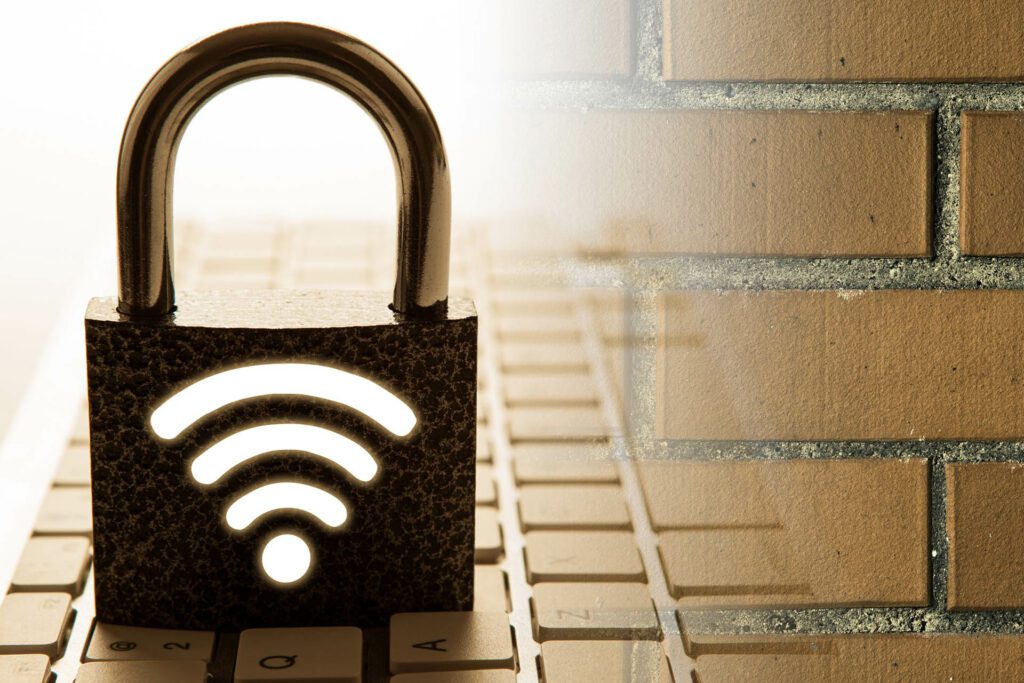Working from home has its perks – no commute, comfy clothes, and coffee just the way you like it. But if you’re teleworking, your home wireless network becomes your office’s front door. And just like you wouldn’t leave your front door wide open, you shouldn’t leave your Wi-Fi unprotected.
A secure home network keeps your work data safe, protects your personal information, and helps you avoid productivity-killing cyberattacks. Let’s break down why network security matters and how you can lock things down so you can work worry-free.
Why Securing Your Home Network Matters for Remote Work
When you’re teleworking, your internet connection is more than just a way to stream Netflix – it’s the bridge between you and your company’s sensitive information.
- Protecting confidential data: Work emails, client files, financial records – these are things you really don’t want falling into the wrong hands.
- Stopping unauthorized access: Hackers love networks with weak passwords and outdated routers. They can sneak in, steal data, or even install malware.
- Keeping you productive: Security incidents cause downtime. A well-protected network means fewer interruptions and more time to actually get things done.
How to Secure Your Wi-Fi for Teleworking
You don’t have to be an IT expert to set up secure Wi-Fi for remote work. A few smart steps can make a big difference.
Update Your Router’s Firmware
Think of firmware updates as home maintenance for your router – they patch security holes and keep things running smoothly. Check your router’s settings periodically for updates.
Change Default Passwords
If your router still has the factory-set password, change it now. Create something long, unique, and hard to guess. And yes – “password123” is not an option.
Use WPA3 Encryption
If your router supports WPA3 encryption, turn it on. It’s the latest and most secure way to protect your Wi-Fi traffic.
Create a Guest Network
If friends, family, or neighbors hop on your Wi-Fi, give them a guest network. This keeps your work devices separate and your data safer.
Strengthen Your Wi-Fi Password
Your Wi-Fi password should be unique and strong, mixing upper- and lowercase letters, numbers, and symbols. Avoid using your pet’s name (sorry, Fluffy).
Turn On Your Router’s Firewall
Most routers have a built-in firewall – make sure it’s enabled to block suspicious traffic before it reaches your devices.
Keep Devices Updated
From your laptop to your smartphone, install software updates regularly. They often include important security fixes.
Install Antivirus Protection
Use reputable antivirus software to scan for and remove threats. Keep it updated for maximum protection.
Enable Two-Factor Authentication
Whenever possible, use two-factor authentication (2FA) on your router and accounts. It adds another layer of security even if your password gets compromised.
Disable Remote Management (If You Don’t Need It)
If you’re not managing your router remotely, turn this feature off to close another door to potential attackers.
Monitor Network Activity
Use your router’s dashboard or a network monitoring tool to see what devices are connected. If you spot something unfamiliar, investigate immediately.
Extra Layers of Security for Remote Work
If you want to go the extra mile with home wireless network security, try these:
- Use a VPN (Virtual Private Network): It encrypts your internet connection, especially important if you occasionally work from public Wi-Fi.
- Secure IoT devices: Change default passwords on smart home devices and keep their firmware updated.
- Lock your computer: Use strong passwords or biometrics, and lock your screen whenever you step away.
- Back up your data: Store backups on an external drive or a secure cloud service.
- Teach your household: Make sure everyone in your home knows the basics of safe internet use.
Work Smarter and Safer from Home
Securing your home Wi-Fi doesn’t have to be complicated. By following these best practices, you can protect your work data, avoid cyber headaches, and keep your remote workday running smoothly.In short – if you’re teleworking, your network’s security is part of your job. A little effort now can save you from big problems later. And if you’re thinking of upgrading your current internet plan or comparing providers to see if there are better deals out there, you can always contact the friendly agents at SmarterHome.ai to help you out!


